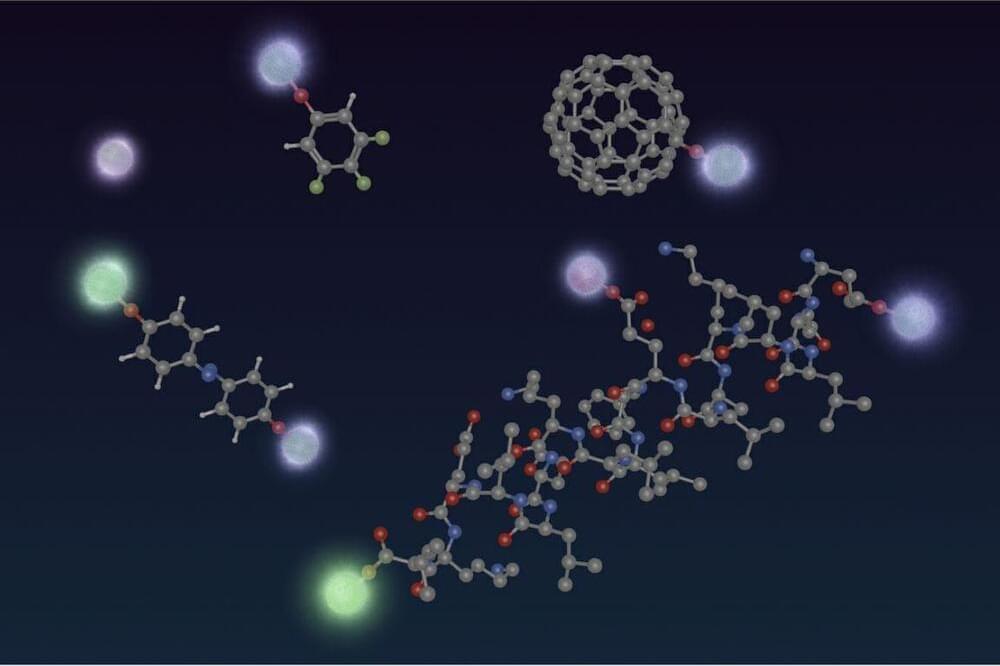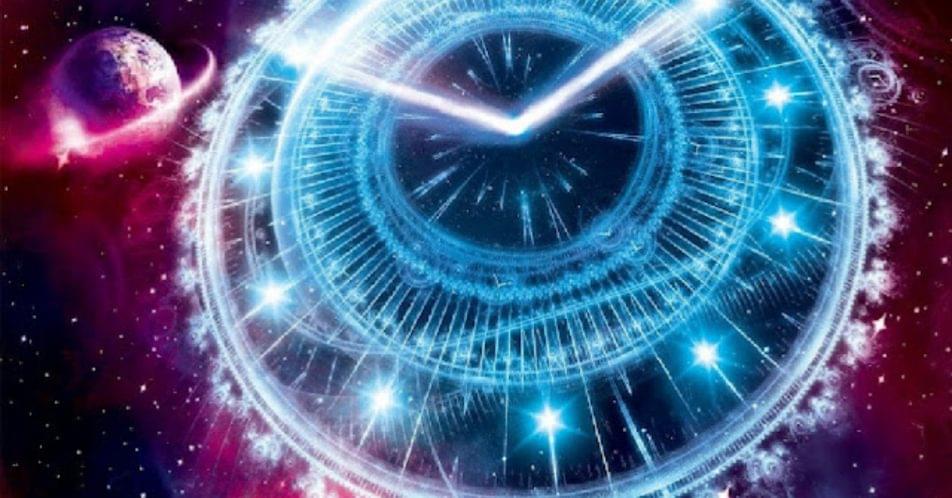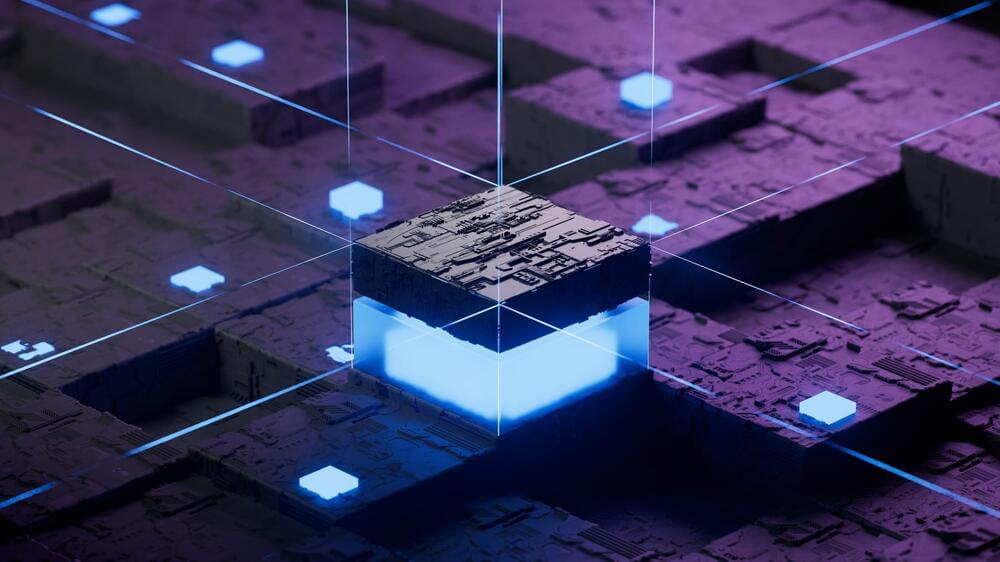Scientists have developed small molecules that protect the “quantumness” of qubits, an innovative step that could help to scale up processing power.



Scientists have reversed the direction of time with a quantum computer.
The breakthrough study seems to contradict basic laws of physics and could alter our understanding of the processes governing the universe.
In a development that also represents a major advance in our understanding of quantum computers, by using electrons and the strange world of quantum mechanics, researchers were able to turn back time in an experiment that is the equivalent of causing a broken rack of pool balls to go back into place.

The new phase of matter, created by using lasers to rhythmically jiggle a strand of 10 ytterbium ions, enables scientists to store information in a far more error-protected way, thereby opening the path to quantum computers that can hold on to data for a long time without becoming garbled. The researchers outlined their findings in a paper published July 20 in the journal Nature (opens in new tab).


Purdue University researchers have unlocked a new area of quantum science and technology by utilizing photons and electron spin qubits to regulate nuclear spins in a two-dimensional material. They used electron spin qubits as atomic-scale sensors to effect the first experimental control of nuclear spin qubits in ultrathin hexagonal boron nitride.
The study could lead to applications such as atomic-scale nuclear magnetic resonance spectroscopy. It could also allow reading and writing quantum information with nuclear spins in 2D materials.

Quantum computing technology could have notable advantages over classical computing technology, including a faster speed and the ability to tackle more complex problems. In recent years, some researchers have also been exploring the possible establishment of a “quantum internet,” a network that would allow quantum devices to exchange information, just like classical computing devices exchange information today.

The two-qubit gate can be reached in 6.9 nanoseconds.
* A research group succeeded in executing the world’s fastest two-qubit gate. * Quantum computers and optical tweezers were used to conduct the research. * It is used an ultrafast laser to manipulate cold atoms.
The world’s fastest two-qubit gate has been executed in 6.5 nanoseconds by a group of researchers at the National Institutes of Natural Sciences. A research group led by graduate student Yeelai Chew, Assistant Professor Sylvain de Léséleuc, and Professor Kenji Ohmori used atoms cooled to almost absolute zero and trapped in optical tweezers separated by a micron. By manipulating the atoms with special laser light for 10 picoseconds, they executed the world’s fastest two-qubit gate.

Researchers may have solved Professor Stephen Hawking’s famous black hole paradox—a mystery that has puzzled scientists for almost half a century.
According to two new studies, something called “quantum hair” is the answer to the problem.
In the first paper, published in the journal Physical Review Letters, researchers demonstrated that black holes are more complex than originally thought and have gravitational fields that hold information about how they were formed.

Circa 2022
We report on two extensions of the traditional analysis of low-dimensional structures in terms of low-dimensional quantum mechanics. On one hand, we discuss the impact of thermodynamics in one or two dimensions on the behavior of fermions in low-dimensional systems. On the other hand, we use both quantum wells and interfaces with different effective electron or hole mass to study the question when charge carriers in interfaces or layers exhibit two-dimensional or three-dimensional behavior.

Circa 2012 o.o!!!
We report on two extensions of the traditional analysis of low-dimensional structures in terms of low-dimensional quantum mechanics. On one hand, we discuss the impact of thermodynamics in one or two dimensions on the behavior of fermions in low-dimensional systems. On the other hand, we use both quantum wells and interfaces with different effective electron or hole mass to study the question when charge carriers in interfaces or layers exhibit two-dimensional or three-dimensional behavior.